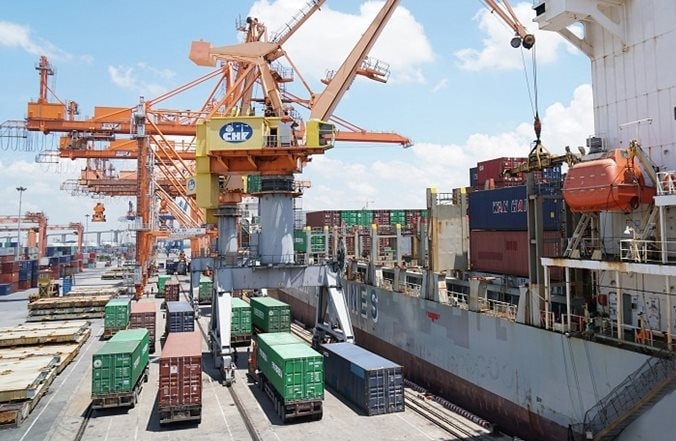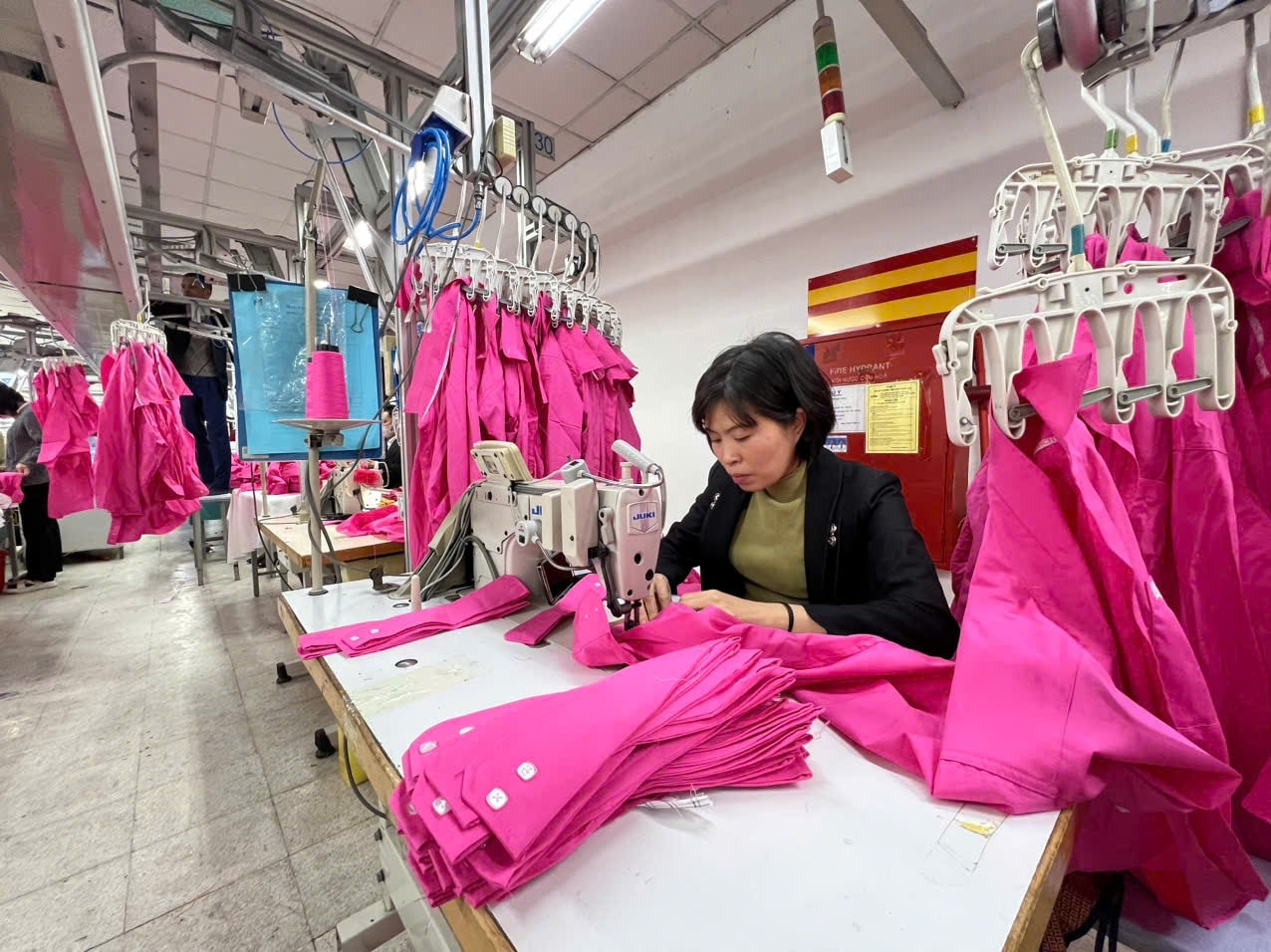
Global merchandise trade is set to surge in early 2025 as importers buy ahead of expected higher tariffs, but weaker export orders suggest the momentum may not be sustained, according to the World Trade Organization (WTO).
In June 2025, the goods trade gauge rose to 103.5 (102.8 in March 2025), but the new export orders sub-index reached just 97.9, projecting weaker trade growth by the end of 2025 as businesses import less and reduce accumulated inventories.
Transport-related components, including air freight (104.3) and container shipping (107.1), reflected the increase in freight traffic.
The automotive products index (105.3) is also above trend due to a recovery in vehicle production and sales. The electronic components index (102) has risen above trend after falling in 2023 and 2024.
Finally, the raw materials index (100.8) grew modestly, just slightly above the baseline.
The OECD forecasts global trade growth of 2.8% in 2025, 0.8 percentage points lower than the December 2024 forecast, and further decline to 2.2% in 2026.
The World Bank (WB) forecasts global trade growth in goods and services to reach only 1.8% in 2025, down 1.3 percentage points from its January 2025 forecast. This is much lower than the 3.4% growth in 2024 and 4.6% before the pandemic.
The International Monetary Fund (IMF) forecasts that global trade volume in goods and services will grow by only 1.7% in 2025, down 1.5 percentage points from its January 2025 forecast and down more than half from 3.8% in 2024.
According to international organizations, the main reason for the worsening global trade outlook is the increase in trade barriers, especially tariffs, along with widespread policy uncertainty.

The IMF said new US tariffs and countermeasures have pushed global tariffs to their highest level in a century.
Rising trade tensions and policy uncertainty negatively impact investment, business confidence and consumer confidence.
The United Nations (UN) said that global trade conflicts will put great pressure on investment, weaken global demand, increase business costs and increase policy instability.
Many companies are taking a “wait and see” approach, delaying or cutting back on capital expenditures.
While goods trade faces headwinds, some sectors have shown relative resilience. The World Bank said global services trade growth has been relatively stable, with tourism activity approaching pre-pandemic levels.
However, the boost to services exports from the recovery in tourism has weakened. The Asian Development Bank (ADB) said that the region's technology exporters remain a bright spot, benefiting from strong global demand for electronics. The semiconductor market is expected to grow by 11.2% in 2025, driven mainly by logic and memory products used in artificial intelligence applications.
The United Nations Conference on Trade and Development (UNCTAD) predicts that the digital economy will reach $16.5 trillion by 2028, driven largely by investments in technologies such as data centers and cloud services.
Source: https://hanoimoi.vn/cac-to-chuc-quoc-te-du-bao-trien-vong-thuong-mai-toan-cau-am-dam-709725.html


























![[Photo] National Assembly Chairman Tran Thanh Man visits Vietnamese Heroic Mother Ta Thi Tran](https://vphoto.vietnam.vn/thumb/1200x675/vietnam/resource/IMAGE/2025/7/20/765c0bd057dd44ad83ab89fe0255b783)







































































Comment (0)